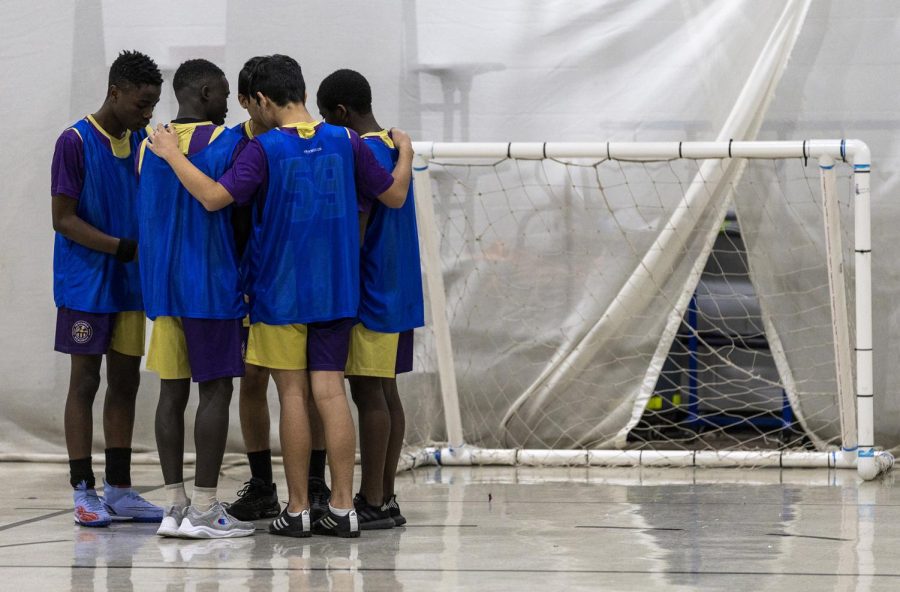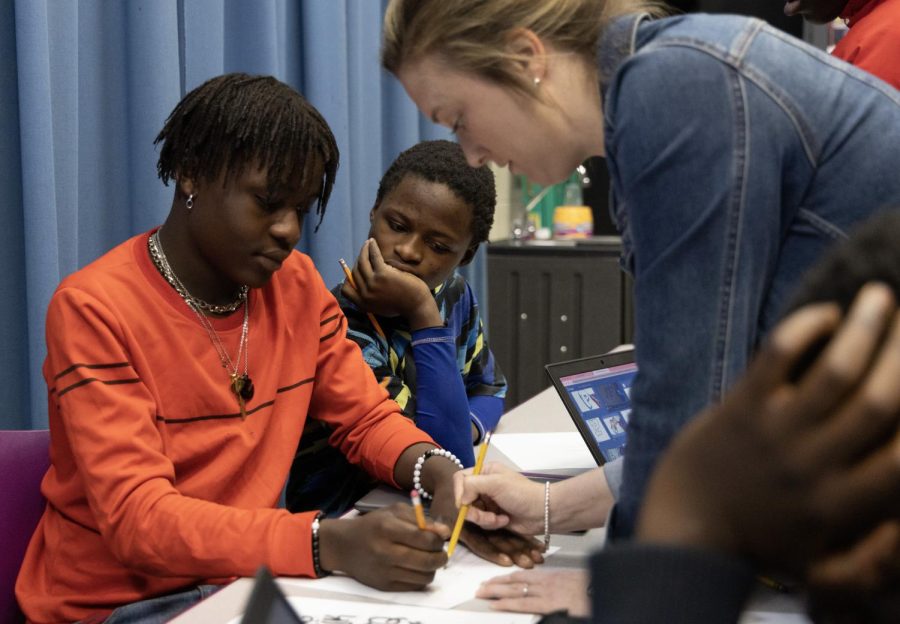‘There is no shame in being a beginner’
Teranga Academy Bowling Green
The Avengers team gathers before the start of Teranga Academy’s final soccer tournament match at the Bowling Green Learning Academy.
Teranga Academy is just like any other public school in any other state, bustling with students and teachers, but their school environment is different by one respect – all students are refugees or immigrants, learning how to navigate their young life in the United States.
Teranga was established in Bowling Green in 2022, in hopes to help refugee and immigrant students better acclimate to life in the U.S.
“We have seen advances in every aspect of our lives — except our humanity,” Luma Mufleh said, creator of Fugees Family, the school that Teranga Academy in Bowling Green is based on.
The word Teranga is a Senegalese word, defined as hospitality, respect, community, solidarity and sharing, according to the Teranga Academy website.
The logo for Teranga Academy is adapted from the logo for Fugees Family, and includes the BGISD’s colors along with an image of the Statue of Liberty, to represent hope, freedom and justice.
Teranga is modeled after another refugee schooling program based out of Georgia, the Fugees Family. According to the Fugees Family, by 2025, one quarter of America’s public school population will be English language learners coming from refugee and immigrant backgrounds.
The academy in Bowling Green is open to students who are at middle and high school levels in education, are multilingual, have been in the United States three years or less and have had their education disrupted in some sort. The school is an “English immersion program, focused on transitioning to a new country with trauma-informed practices and culturally responsive teaching,” Teranga Academy’s website said.
Kristi Costellow, lead teacher at Teranga, explained that students eligible for enrollment might have missed part of their schooling or have not been able to attend school because of certain circumstances.
“The purpose of this school is to fill in the education gaps from schooling that they might have missed in their home country and prepare them to be able to go back to either the junior high or high school here in Bowling Green,” Costellow said.
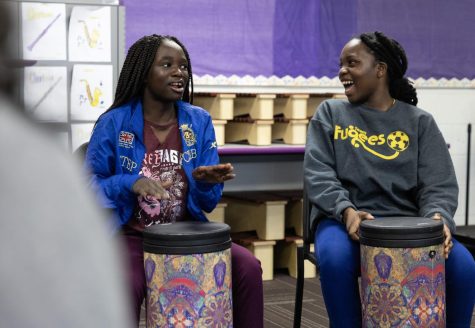
Currently, there are around 120 students, Costellow said, and when they arrive at Teranga, they are sorted into one of four houses. Students stay in the house they are sorted into throughout their entire time at Teranga, making it a community of the same students and teachers the whole time.
Along with house sorting, Costellow explained that students are placed into a level based off of their education, not following a traditional level of school. The levels are ranked one through three.
The goal for level one students “will be for students to reach at least a second grade proficiency level in reading, writing, math and English language,” Teranga Academy’s website said. “The students will be taught by elementary-certified teachers, with fundamentals of reading and writing and early math skills.”
Costellow said that even though the students at Teranga in level one may be junior high age, they still need to be taught the fundamental basics of their education. Some of the teachers at Teranga are elementary teachers and are there because of their skill and ability to teach those concepts.
The goal for level two students is for them to reach a sixth grade proficiency level, Teranga Academy said. With level three, the goal is “eighth or ninth grade proficiency, including the intentional transition to Bowling Green Junior High or Bowling Green High School,” Teranga Academy’s website said.
It is expected that after one to three years, students from Teranga will be prepared to transition into the Bowling Green Junior or High School. Since students may come in with varying levels of education, it could take different times for different students.
“In general, this is a student’s first stop when they come to the US, and the goal of this school is to help them get acclimated to what does American school look like and what are the expectations,” Costellow said.
Costellow said students are placed into a level when they first begin at Teranga, based on their current ability – not age or traditional grade levels. If needed, students can shift between levels to find the one that is right for them.
“It is meant to be a safe environment for learning, where there is no shame in being a beginner,” Costellow said.
Teachers at Teranga teach different subjects, as well as different level classes. In addition to the primary teachers, the school has “cultural liaisons” that are utilized in the classroom.
These cultural liaisons speak the home language of students, and can be a bridge in communication with students and teachers. There are currently seven cultural liaisons at Teranga Academy, and they are used within the classroom daily.
Sports and physical movement are key factors within the Fugees Family program, and that is being mirrored in Teranga Academy.
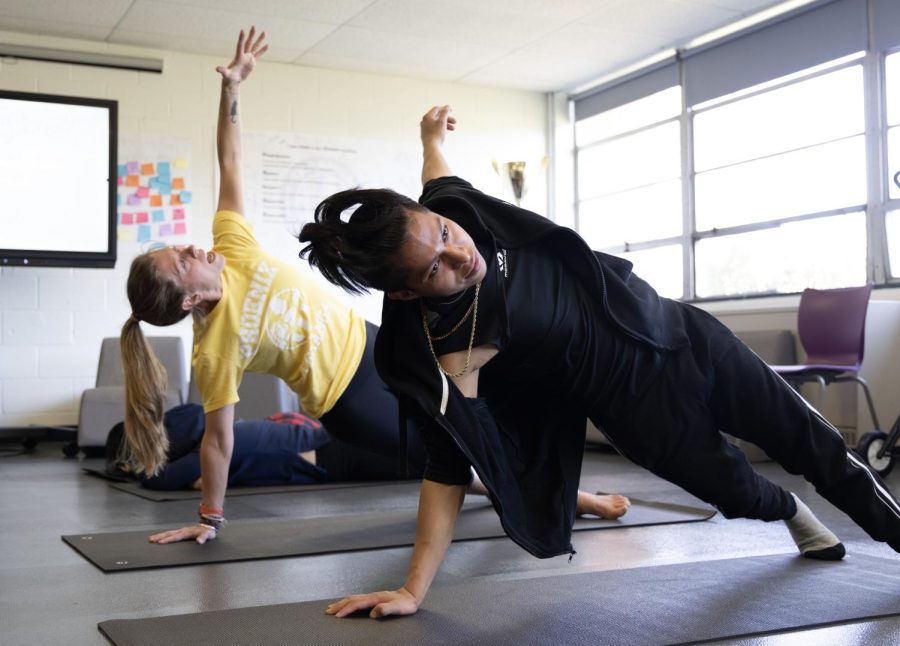
Students begin each day with a “movement” class in either yoga or martial arts, Costellow said. Students also play soccer every day as a part of the curriculum.
Soccer is a very important aspect to the school, and it is used to build community among the students. Students regularly play at Lampkin Park, but in the winter or in inclement weather play soccer in the gym area of the school.
The soccer teams compete against one another and are highly competitive amongst students. This past winter when playing inside, students created a competition with paired matches against the teams, Costellow said.
Not only are sports important within Teranga, but arts and music as well.
Costellow explained that in art and music classes, less English language skills are needed, so students can learn the concepts easier. Using repetitive language within art and music may be easier for students to understand.
The two main languages of students at Teranga are Spanish and Swahili, with students coming from more countries than languages spoken, Costellow said.
In order to foster community within students, many events are held at the school. Costellow said that at the beginning of the year there was a block party, a parent night as well as an international event. There is also a parent’s event being planned for the spring.
Currently, Teranga Academy is within the Bowling Green Learning Center, where there are two programs being held. Teranga and the Compass Academy share one building, as well as BGISD Support Services.
The Bowling Green City Schools created Teranga and had a plan for it, so in order to implement it, they had to place it in an existing school building.
“The Fugees model, centered in soccer, has offered specialized education for refugees and immigrants since 2007 and repeatedly demonstrates student achievement growth rates above the national average,” Fugees Family said.
“Teaching there is no shame in being a beginner and that requiring a complex skill requires starting with the basics is a way to show belief in our students,” Mufleh said.
The Fugees model has resulted in a 92% graduation rate, and a 100% college acceptance rate of students, Fugees Family said.
“We are using trauma informed practices to help these students who have experienced difficult things in their past, just trying to give them all the tools that they need to be successful in school in the US,” Costellow said.
In addition to Teranga Academy, Bowling Green also is home to the GEO International High School. The GEO International High School is the first and only four year high school for international and refugee students of its kind in Kentucky, GIHS said.
The school was created by Warren County Public Schools in 2016, and is home to “highly motivated students from around the world who have settled in Bowling Green and want to obtain a high school diploma,” GIHS said.
Shannon Schulter, dean of students at GEO International High School, said that GIHS is an alternative high school for refugee students who have been in the country for less than five years. “They are flagged as ESL students, and we have about 150 students here.”
Schulter said that the students within the GEO International High School represent 27 countries as well as 21 different languages.
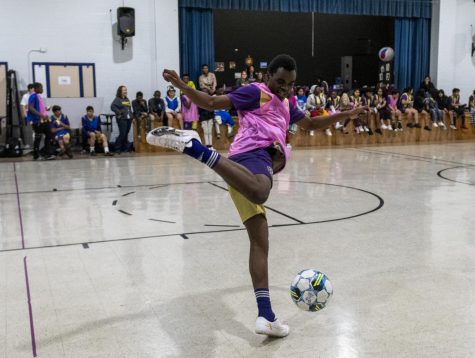
“Since we are an alternative school, sometimes we can do acceleration…we also offer [students] summer school or extra courses to get done on time,” Schulter said. “Students can attend until they are 21, which is something a little bit different.”
Within GEO, all students are striving to learn English, Schulter said. They utilize a strategic pairing system to pair students with higher English language skills with other students who may need a bit more assistance learning, Schulter said.
“Whenever they leave GEO’s walls, we want them to be able to successfully transition into either a job or… dual credit classes,” Schulter said. “We have a percentage of students who go straight into college as almost sophomores because they have earned dual credits while they are in high school.”
For GEO International High School students, “post secondary success is the absolute mission of this school,” Schulter said.
Molly Dobberstein can be reached at [email protected].

